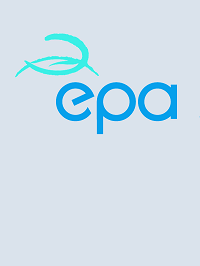Environmental Quality Objectives - Noise in Quiet Areas
Synthesis Report - ERTDI report 17 - Waugh et al
Summary: Research project to meet the requirements of Environmental Noise Directive. The primary aim of the project is to establish baseline data for Quiet Areas in Ireland.

Executive Summary
The European Commission has adopted a Directive relating to the Assessment and Management of Environmental Noise (EU, 2002). Member States, including Ireland, are required to implement the Directive and to adopt action plans to meet its objective.
The purpose of the directive is to protect the quality of our acoustic environment, control and manage environmental noise in built-up areas, in public parks or other acoustically valued soundscapes (Quiet Areas) in an agglomeration and in Quiet Areas in open country. Establishing the location and determining the quality of Quiet Areas is the first step towards implementation of this directive.
The Environmental Protection Agency (EPA) in association with SWS Environmental Services developed this research project to meet the requirements of this directive. The primary aim of the project is to establish baseline data for Quiet Areas in Ireland.
This task was undertaken through an extensive environmental noise monitoring programme undertaken throughout Ireland over an 18-month period. The project developed criteria for identifying Quiet Areas and delivered reliable, objective and comparable information on the acoustical environment in Ireland.
The monitored data provided the basis for developing methodologies for soundscape mapping, assessing the quality of the acoustic environment in Quiet Areas in Ireland and established comprehensive environmental quality objectives (EQOs) and environmental quality standards (EQSs) for Quiet Areas. The information produced by the project will make a significant contribution to the implementation of the Environmental Noise Directive and will greatly assist Ireland and other Member States in introducing accountable noise abatement development programmes and related monitoring systems for reducing and managing noise pollution.
Full details are provided in the Final Report, available from the Environmental Protection Agency.
Follow this link to view the associated documentation on our SAFER database